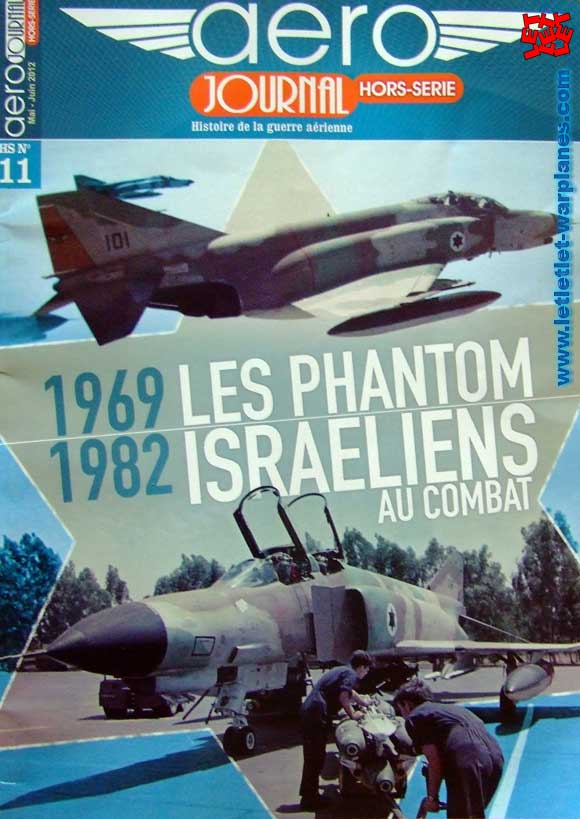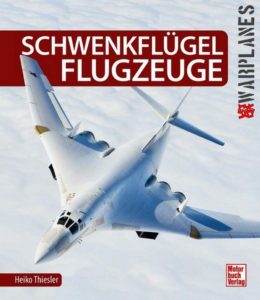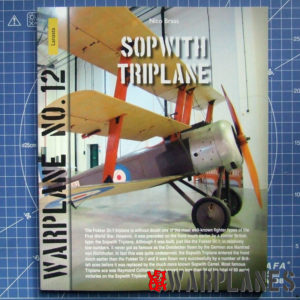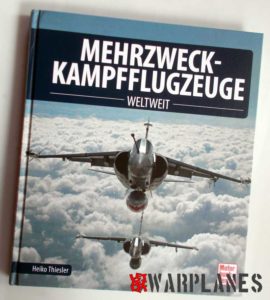Phantom
The F-4 Phantom was, without any doubt, the best multirole fighter in the 1960s and the ’70s. Despite contradictory comments it received (like comparing it to a powered brick), it performed most efficiently in combat; whether on fighter, strike or recce missions.

Shlomo Aloni is perhaps the world leading author on Israeli aviation history and here we are fortunate to have a new title authored by him – a Hors Série title “Les Phantom israéliens au combat” (“Israeli Phantoms in combat”). Initially, the Heyl Ha’Avir saw the F-4 as a tactical fighter to succeed the Vautour. However, the Israeli General Staff demanded versatility from its combat aircraft. Unlike the Mirage III that underwent a change of roles from being a pure interceptor to that of a ground support aircraft, the F-4 had to prove its capabilities for air combat. The problem is that the F-4 turned out to be such an exercise in excellence that everyone ends up forgetting that it was originally commissioned for ground attack duties!
The transition between the French combat aircraft and the U.S. ones occurred in the late 1960s and lasted until early 1980s. During these two decades, the F-4 Phantom represented the “flagship” of the Heyl Ha’Avir and reigned supreme in the skies of the Middle East. It was probably the only Mach 2+ capable aircraft to claim a victory two months after its commissioning.
From my point of view the content of the special issue is excellent, including many rare archive images, charts, maps and colour profiles. A nice addition to this is that the aeroplane types the F-4 fought against are also covered so there are several colour profiles of the Soviet aircraft it encountered. There are even technical drawings of the Phantom giving a good technical view on this machine. All in all, the contents are split into 7 chapters.
This publication is definitely well worth having and you can get your sample here!
Srecko Bradic
Sample publication provided by Aero Journal








